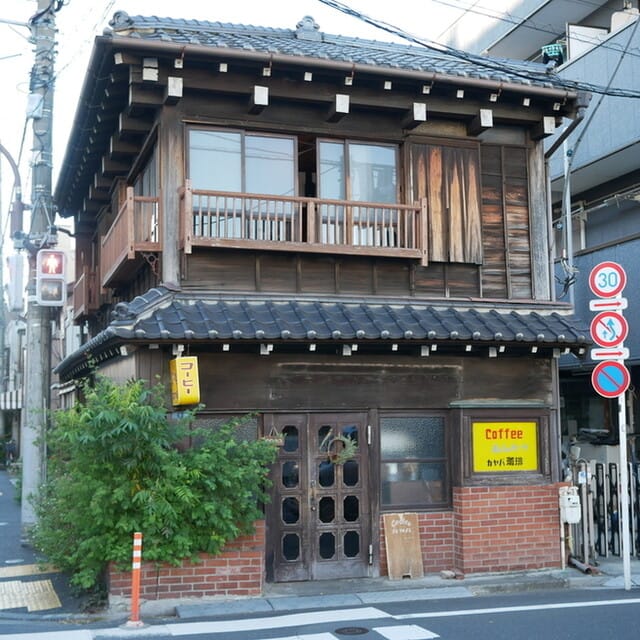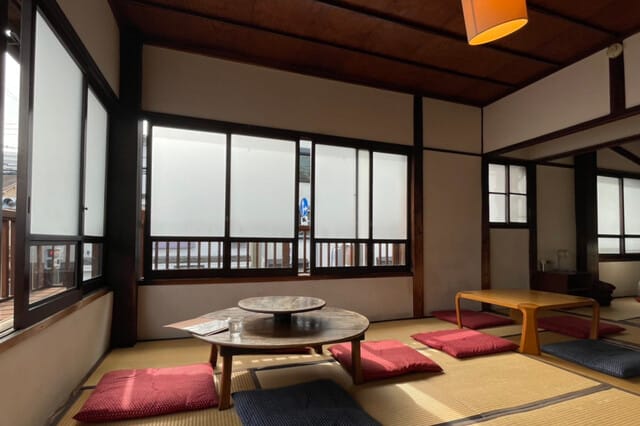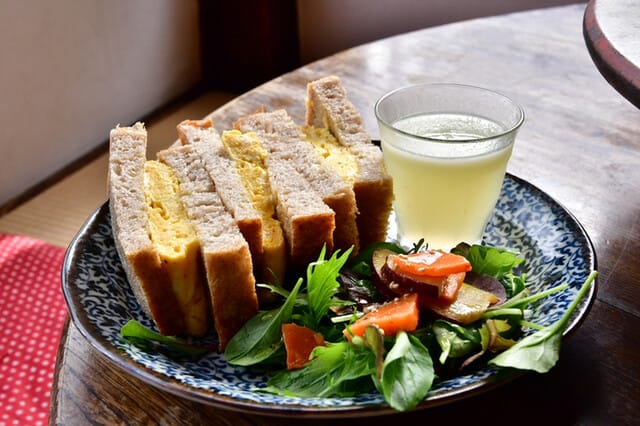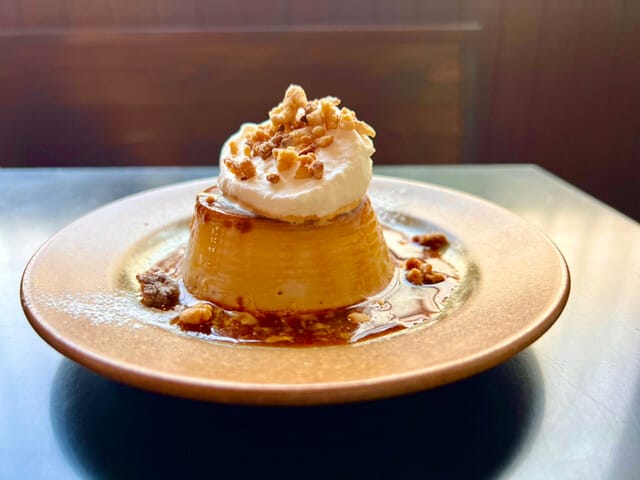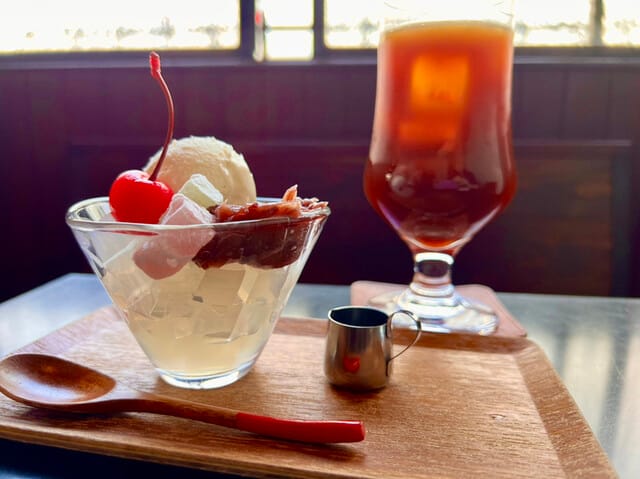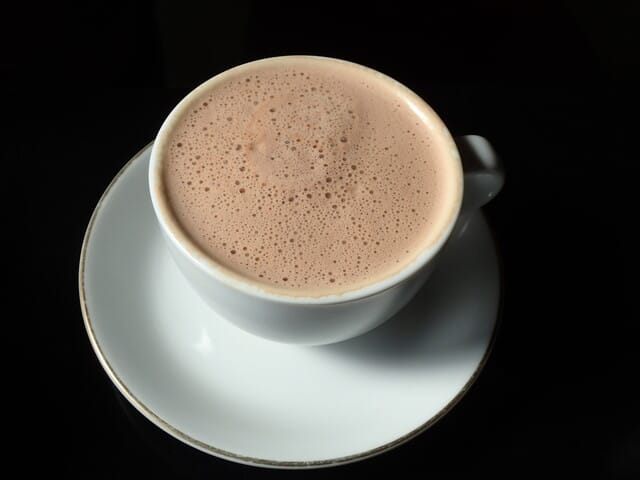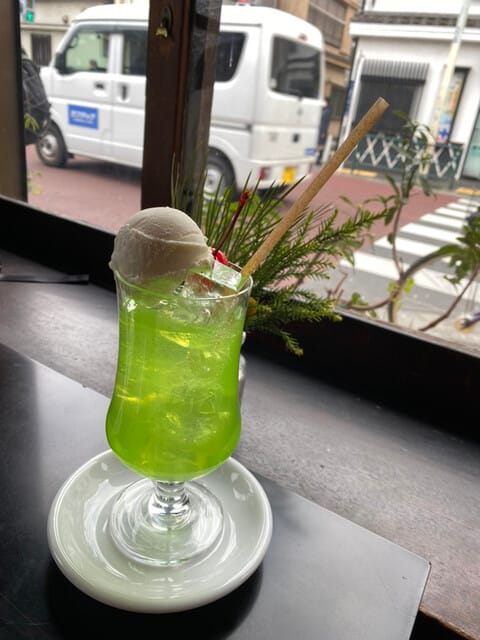Tokyo is currently undergoing rapid redevelopment said to occur only once every 100 years. Even old buildings rooted in local history are being rebuilt, so Tokyo 10 years from now will be completely transformed from how it looks today.
In the midst of this, I highly recommend visiting Kayaba Coffee (Kayaba-coffee) in Yanaka Ginza while you still can.
Kayaba Coffee was founded by Mr. Kayaba in the historic downtown area of Yanaka in 1938. Until its closure in 2006, it was beloved for many years by locals and tourists alike. Its defining features are the precious early 20th century building and unique retro cafe style. There were many voices lamenting the shop's closure, so in 2009 it was revived by devotees who loved the place.
In Japanese cafes there is a menu called "morning" which refers to a light meal set served only in the mornings. Evolving from this culture, many cafes put an emphasis on meals, commonly serving delicious dishes and sweets akin to restaurants.
Kayaba Coffee is no exception, with signature dishes like their hefty egg sandwiches and dessert-like melon floats. As someone who loves retro culture, I'll introduce Kayaba Coffee's appealing points and recommended menu items.
Reasons to Recommend Kayaba Coffee
1915 Japanese-style House
Source: Tabelog
Kayaba Coffee's first standout feature is its exterior appearance. It utilizes the old wooden building of the former Kayaba Coffee, constructed in the early 20th century.
While the former shop opened in 1938, the building itself dates back to 1915 when it was built as a machiya townhouse that could be used as both a residence and store. It features the traditional Japanese architectural style known as dashi-geta-zukuri, where horizontal wooden beams called geta protrude out above the windows.
The bright yellow signboard out front is also preserved from the former shop. Its design and font maintain that vintage flavor. Just looking at the signboard and facade from the front is enough to captivate retrophiles like myself.
Additionally, the first floor still uses the same flooring from the former shop days. The large cracks hint at its age, but that's part of its unique charm.
Japanese-style Interior
Source: Tabelog
The second floor has tatami mat flooring where you remove your shoes to sit. Dining at a cafe while sitting on tatami mats is known as the ozashiki style in Japan. While common at soba noodle shops and Japanese restaurants, it's quite rare to find at a cafe.
The bold fusion of the Western cafe culture with Japanese style creates a distinctly retro 20th-century ambiance.
The round, low tables are called chabudai, traditionally used on tatami floors. The thin cushions are zabuton floor cushions also used on tatami.
If you visit Kayaba Coffee, I highly recommend experiencing the Japanese-style seating on the second floor. The first floor has Western-style seating but also preserves original fixtures from its founding era.
Recommended Kayaba Coffee Menu
Dishes
・Egg Sandwich
Source: Tabelog
Kayaba Coffee's signature menu item is their egg sandwich. Fluffy scrambled eggs are sandwiched between bread with a thin layer of mayonnaise, simply seasoned with salt and pepper.
Japanese cafes have a breakfast set menu called "morning." The egg sandwich is a quintessential morning menu staple. Kayaba Coffee's version is reputed to be more delicious than any other egg sandwich. Anyone who tries it is sure to be satisfied by its expectation-exceeding flavor.
It comes with a side of soup or juice. With the hearty portions of egg and bread, it's a fantastic option when you want a solid meal. You can order it any time of day too - it would hit the spot after a long stroll through Ueno Park.
Desserts
・Custard Pudding
Source: Tabelog
This coffee-flavored custard pudding uses espresso. The caramel-colored pudding is topped with plenty of cream. It has a subdued sweetness that allows you to enjoy the rich aroma of the coffee. The accompanying caramelized nuts and coffee crumble add a wonderful crunchy, sweet texture.
They use espresso from the Norwegian coffee shop Fuglen. Those who prefer sweeter desserts can add extra cream, while those like me who don't like things overly sweet can enjoy it as-is. The bitterness of the coffee blends exquisitely with the mild sweetness of the custard and nuts.
It's one of Kayaba Coffee's most popular menu items, also praised for its cute appearance.
・Anmitsu
Source: Tabelog
"Anmitsu" is a classic Japanese sweet that's even listed on Kayaba Coffee's signboard.
Anmitsu features “an”, a paste made from boiled azuki beans and sugar, served over kanten jelly with syrup. Kayaba Coffee's version also includes vanilla ice cream and cherries.
Categorized as a Japanese wagashi confection rather than a Western dessert, anmitsu reminds me of the nostalgic Japanese sweets my grandmother loved. Wagashi are quite sweet, so they're traditionally enjoyed with bitter Japanese green tea to balance the flavors.
However, having it with coffee provides a unique flavor that's also delicious. You can order green tea too, so I recommend trying both pairings for an interesting contrast in flavors.
Drinks
・Lucian
Source: Tabelog
The lucian is a hot drink made with equal parts coffee and cocoa. It was also a signature menu item at the original Kayaba Coffee, having been served since its 1938 founding. The current shop recreates the original taste.
While it was discontinued when the shop closed in 2006, the beloved original Kayaba Coffee menu item was revived by asking longtime customers for the recipe. They even use the same beautiful cups from the former shop.
The cocoa flavor is stronger than the coffee, giving it a slightly bitter cocoa-like taste. Similar to a cafe mocha but with a unique, rare flavor profile. As it pairs perfectly with their signature egg sandwiches, I recommend enjoying them together.
・Melon Float
Source: Tabelog
The melon float is a vanilla ice cream float made with melon-flavored soda. Melon sodas or melon floats are said to have originated in Japan, so those interested in Japanese culture are likely curious about them.
Enjoying a cold melon float at a cafe during summer was part of 20th-century cafe culture. As a child, I loved ordering melon sodas at cafes and marveling at their beautiful green color.
Kayaba Coffee's melon float is a classic, retro-style melon float. Its vivid color makes it highly photogenic, and popular on social media. Sipping it in the retro cafe interior enhances the nostalgic ambiance and flavor.
Access to Kayaba Coffee
Kayaba Coffee is located at 6-1-29 Yanaka, Taito-ku, Tokyo. It's near JR Nippori Station. The closest route is to exit the south gate, pass through Yanaka Cemetery, walk about 10 minutes until passing Shitaya Police Station, and it's at the Ueno Sakuragi intersection.
You can also walk from Nezu Station on the Chiyoda subway line. From the Nezu 1-chome intersection, go straight for about 10 minutes. On that route you'll pass the Tokyo University of the Arts, Ueno Park with Ueno Zoo, and the Tokyo National Museum on your right.
Recommended Way to Visit
Making a reservation is absolutely essential to enjoy Kayaba Coffee. It's extremely popular with tourists and locals, plus to maintain a quiet environment, they don't allow waiting lines outside.
Especially around lunch it gets so crowded that you may have to wait over an hour. Since walk-ins are rarely seated immediately, make a reservation on their website (https://yoyaku.toreta.in/kayabacoffee/#/). Phone reservations are not accepted.
They also offer take-out, so you can get egg sandwiches, coffee, or lucians to enjoy while strolling the neighborhood. It's nice to explore the museums or relax surrounded by nature in Ueno Park with your take-out items.
In the evenings it transitions to a night cafe that serves alcohol, providing a different ambiance than the daytime. I recommend experiencing both.
Kayaba Coffee Basic Information
- Address: 6-1-39 Yanaka, Taito-ku, Tokyo
- Closed: None
- Phone: 03-3823-3545
- Hours: Monday-Saturday 8:00am-11:00pm / Sundays 8:00am-6:00pm
- Official Instagram: https://www.instagram.com/kayabacoffee/

